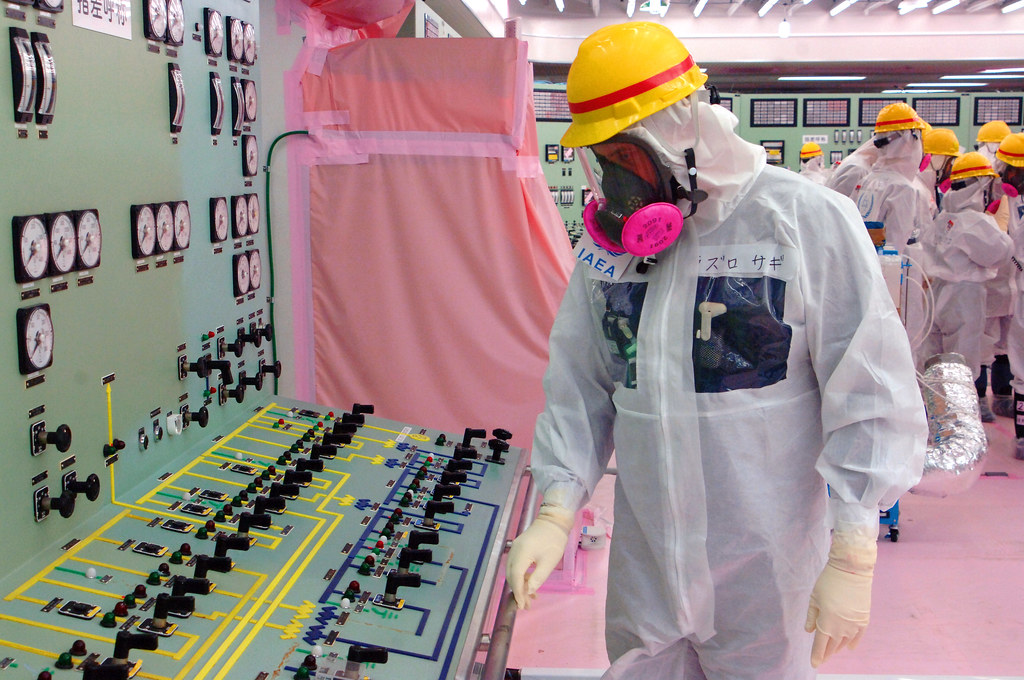IAEA Trains Next Generation of Radiation Experts Through PGEC in Greece, Ghana
“For close to 45 years, PGEC has continuously trained new generations of experts,” said Emina Alic, IAEA Programme Management Officer.

As the global use of nuclear science and technology expands to address challenges in healthcare, industry, and energy, the International Atomic Energy Agency (IAEA) continues to equip professionals with the knowledge and tools to ensure radiation is used safely and responsibly. The agency recently marked a major milestone with the successful completion of its latest Postgraduate Educational Courses in Radiation Protection and the Safety of Radiation Sources (PGEC), held in Greece and Ghana.
These six-month intensive courses — combining classroom instruction with practical, hands-on training — prepare early-career professionals to become leaders in radiation protection, regulation, and safety. Participants represent a broad cross-section of countries from Europe, Central Asia, and Africa, reflecting the IAEA’s global commitment to building capacity for the safe use of radiation sources.
“For close to 45 years, PGEC has continuously trained new generations of experts,” said Emina Alic, IAEA Programme Management Officer. “Former graduates are now national regulators, operators, and policymakers shaping their countries' nuclear safety landscapes.”
Strengthening Radiation Safety Across Africa
In 2025, Ghana hosted the 12th PGEC for African countries, bringing together professionals from 15 nations. This marks a significant contribution to regional capacity-building, bringing the total number of PGEC graduates in Africa to 671, trained across centres in Ghana, Algeria, Kenya, and Morocco.
“Radiation safety is a top priority in Africa as the use of radiation sources increases,” noted Felix Omonya, IAEA Programme Management Officer for Africa. “The PGEC is a cornerstone of our technical cooperation programme.”
Participants in Accra gained in-depth training in regulatory frameworks, emergency preparedness, inspection, source management, and radiation safety — aligning their skills with international safety standards. These professionals are now equipped to strengthen their national infrastructure and participate in regional cooperation.
“Radiation does not acknowledge national boundaries,” emphasized IAEA Training Officer Liz Grindrod. “The safety of people and the environment depends on collaboration, within countries and across borders.”
Building Networks and Professional Communities
A major added benefit of the PGEC is its role in fostering a regional and global community of radiation protection professionals. In Ghana, participants spent five months working “shoulder-to-shoulder” with peers and mentors, building lasting professional networks.
“As they assume greater responsibilities, these relationships will enhance safety and cooperation, benefitting public health and professionals alike,” Grindrod added.
This emphasis on collaboration ensures that graduates can coordinate across institutions and regions, sharing best practices, responding jointly to emergencies, and improving regulatory systems.
European and Central Asian Success Through Greek Partnership
In Athens, 20 participants from across Europe and Central Asia completed the latest PGEC hosted by the Greek Atomic Energy Commission. This marked the eighth course held in Greece, bringing the total number of regional graduates to 140.
The Greek PGEC has become a model for combining theoretical expertise with field experience, thanks to the strong partnership between the IAEA and national institutions. Graduates leave with skills in regulatory policy, radiological emergency planning, inspection protocols, and stakeholder engagement.
“The PGEC covered many areas where we most need support,” said Blinda Mutuzo of the Rwanda Atomic Energy Board. “It expanded my confidence and connected me with future collaborators across the region.”
For Kornelija Dacytė of Lithuania’s Radiation Protection Centre, the course aligned with national priorities around emergency preparedness and early warning systems. Dacytė now plans to specialize further in atmospheric dispersion modeling, which simulates the spread of radioactive pollutants to inform decision-making during emergencies.
A Track Record of Measurable Impact
Since the inception of the PGEC, the impact on global safety infrastructure has been tangible. According to IAEA data, the number of monitored radiation workers has tripled since 1999, while the average radiation dose has dropped by 75% — a significant improvement linked in part to the professionalization of the field through IAEA training.
PGEC courses are designed as long-duration, multidisciplinary programmes, typically spanning five to six months. They are offered in five of the six official United Nations languages, and hosted at IAEA-designated regional training centres around the world.
Each course provides foundational knowledge for early-career professionals already working in the radiation protection field, giving them practical experience and theoretical grounding to progress as national and regional leaders.
Looking Ahead: Capacity Building for a Nuclear Future
As more countries explore the peaceful uses of nuclear technology — from cancer treatment and food sterilization to industrial applications and power generation — the demand for well-trained safety professionals continues to grow. The IAEA’s PGEC programme ensures that this expansion is accompanied by the highest standards of radiation protection and safety.
Through sustained investment in education, regional partnerships, and cross-border collaboration, the IAEA is laying the foundation for a future where nuclear technologies are used safely, securely, and responsibly — worldwide.
“The radiation protection laws and services our countries depend on can only be built by the best people,” Grindrod said. “The PGEC ensures we have them.”










